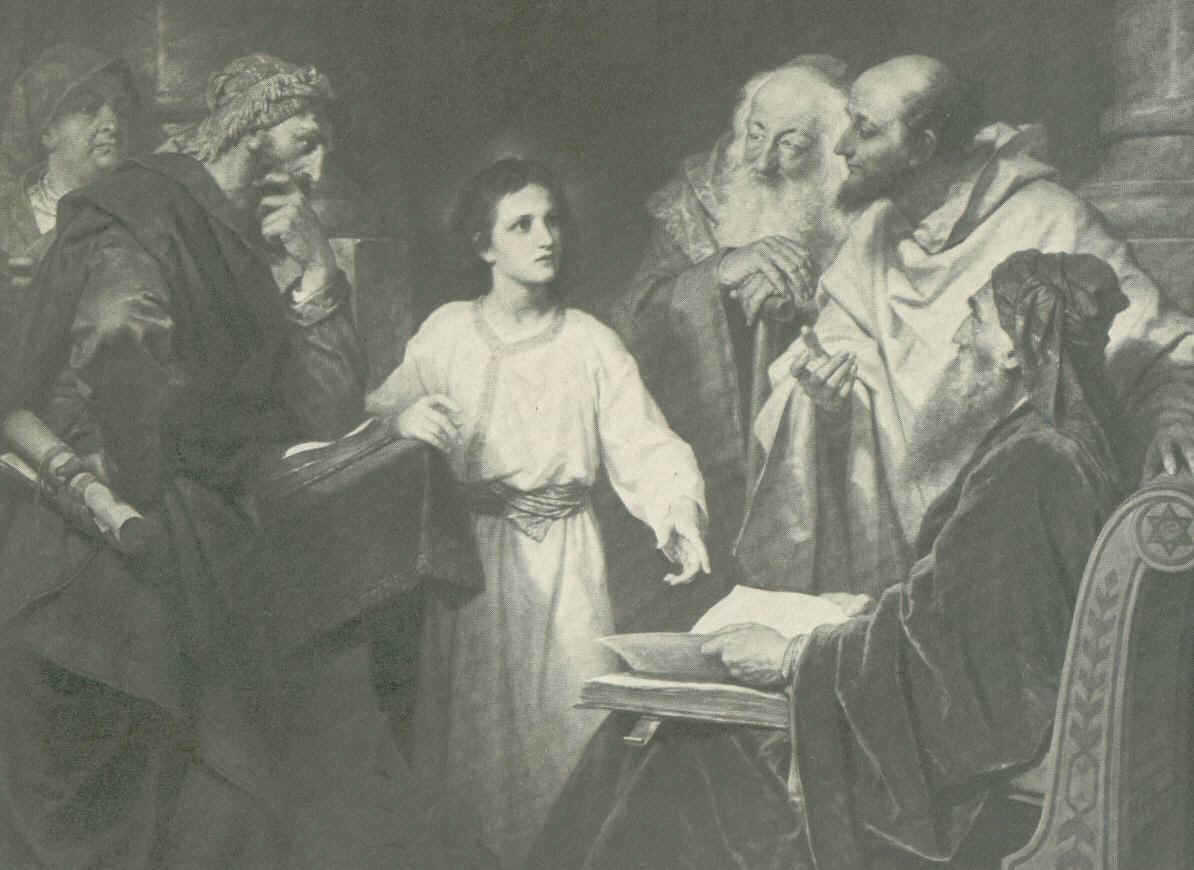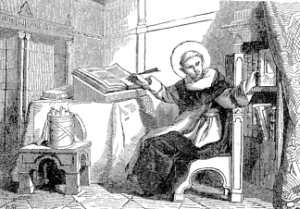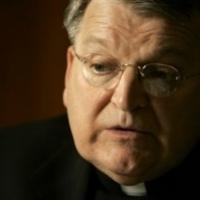Bp. Knestout’s March 9 letter on Fr. Guarnizo
Most of the lesbian/Communion controversy has been a dis-edifying parade of misleading commentary being proffered about misapplied laws. I don’t write here to correct these many errors, as their partisans (whether ‘left’ or ‘right’) don’t seem especially interested in what the law actually says, but I am happy to offer some observations on Bp. Knestout’s letter of March 9 for those who are trying to understand what is, and is not, at work in this matter.
1. Fr. Guarnizo has not been suspended (suspension is a canonical penalty levied only upon guilt for crimes, per c. 1333), but he has been placed on “administrative leave”, a term not found in the Code, but nevertheless serving as a practical description of a situation in which, usually, one is not permitted to function as a cleric for so long as a wider situation requires resolution. A priest’s faculties for confession, preaching (homilies), witnessing weddings, etc. can be restricted a couple of different ways, and there is no reason to think that those ways were not satisfied in this action (although direct discussion of them is lacking).
From the text of the letter, I cannot tell whether Guarnizo is prohibited from celebrating Mass even in private (he is certainly prohibited from public celebration), although the trend in such cases is to allow for private celebration. This question could easily be addressed between Knestout and Guarnizo, and probably has already been answered.
2. A vicar general almost certainly has sufficient authority to issue such a letter (c. 479 § 1); one may expect the Cardinal to be informed of this action in a timely manner (c. 480).
3. As a parochial vicar, Guarnizo has considerably fewer procedural rights to office than would a pastor. Compare a pastor’s rights under c. 522, etc., and c. 1740 etc., with those of a parochial vicar, per c. 552. All associate pastors know this.
4. Guarnizo is not “incardinated” in the Archdiocese of Washington (c. 265 etc.); the situation of an “extern” priest is inherently more tenuous than is the situation of locally incardinated clergy, it being a function more of contract (express or implied) than of law. All extern priests know this.
5. Little in Knestout’s letter suggests that this action is being taken in response to the lesbian/Communion controversy (though one may be sure that the pro-lesbian camp will claim victory, and the pro-Guarnizo camp will decry the ‘mistreatment’ of the priest).
The allegations of “intimidating behavior” by Guarnizo are not recited in Knestout’s letter, but three questions would occur to me: (a) is this just a pile-on by people looking to kick Guarnizo while he is down?, or (b) are there long-standing legitimate complaints against Guarnizo that the recent controversy made more likely to surface? , or (c) did Guarnizo’s post-controversy conduct in the parish render him intemperate with others, provoking what are really recent complaints? Such are the things that an investigation is designed to, well, investigate.
6. The letter expresses the hope that Guarnizo will be able to return to priestly ministry. + + +
So, I noticed some hits coming from WaPo, and I clicked back to see what was sending readers my way. Now, I’m confused.
A Washington Post news blog by one Michelle Boorstein states that “Specific details about why the Rev. Marcel Guarnizo was barred from ministry – a severe penalty – were not immediately available.” The words “a severe penalty” are hot-linked to my post above.
But, the very first point of my post above is that Guarnizo is NOT under a penalty (let alone, a severe one, a description of suspension that I never used).
Ever wonder why so few professionals try to blog complex current events? It’s because we usually end up wondering, how on earth can our crystal clear statements be so completely misunderstood and/or misrepresented? Sigh.



Comments are closed.